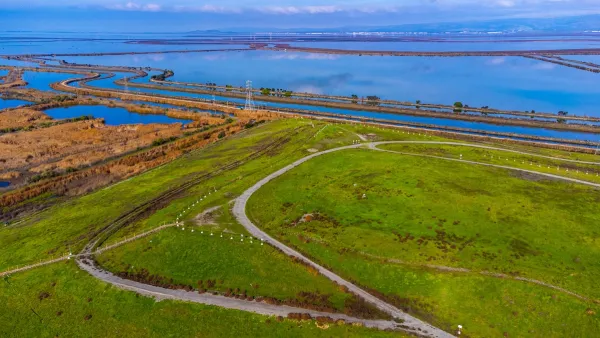A recent study suggesting that mixed-use zoning increases crime is not as persuasive as it might seem at first glance.
A recent study published in the University of Pennsylvania Law Review analyzes the crime rates of numerous blocks in Los Angeles, and concludes that single-use residential areas have the lowest crime rates. (The article also suggests that mixed-use places have less crime than commercial blocks). According to the authors' logic, the isolation of commerce from housing protects us all from crime- at least if we don't bother to visit commercial places. (By this logic, the only safe place to shop is online!)
It seems to me that the article's attempt to compare mixed-use and single-use places is inherently flawed. Suppose that mixed-use block A has 100 residents and 20 crimes per year, while single-use residential block B has 200 people and 10 crimes per year. At first glance, block A has far more crime: it has 20 crimes per 100 residents while block B has only 5.
But this logic overlooks something. Block B will almost never have more than 200 people on any given day (except for occasional visitors); thus, it makes sense to evaluate Block B's crime rates by dividing the number of crimes by the number of residents, But mixed-use Block A's real universe of potential victims is not just the 100 residents of that block: it is the 100 residents PLUS the people who come to Block A to shop and work. So if Block A has 400 commercial visitors per day, its real population is 500 (the residents plus the visitors). Thus, a better way to calculate Block A's crime rate is to divide its 20 crimes by 500 residents. Under this method, Block A has only 4 crimes per 100 people- fewer than Block B!

National Parks Layoffs Will Cause Communities to Lose Billions
Thousands of essential park workers were laid off this week, just before the busy spring break season.

Retro-silient?: America’s First “Eco-burb,” The Woodlands Turns 50
A master-planned community north of Houston offers lessons on green infrastructure and resilient design, but falls short of its founder’s lofty affordability and walkability goals.

Delivering for America Plan Will Downgrade Mail Service in at Least 49.5 Percent of Zip Codes
Republican and Democrat lawmakers criticize the plan for its disproportionate negative impact on rural communities.

Test News Post 1
This is a summary

Test News Headline 46
Test for the image on the front page.

Balancing Bombs and Butterflies: How the National Guard Protects a Rare Species
The National Guard at Fort Indiantown Gap uses GIS technology and land management strategies to balance military training with conservation efforts, ensuring the survival of the rare eastern regal fritillary butterfly.
Urban Design for Planners 1: Software Tools
This six-course series explores essential urban design concepts using open source software and equips planners with the tools they need to participate fully in the urban design process.
Planning for Universal Design
Learn the tools for implementing Universal Design in planning regulations.
EMC Planning Group, Inc.
Planetizen
Planetizen
Mpact (formerly Rail~Volution)
Great Falls Development Authority, Inc.
HUDs Office of Policy Development and Research
NYU Wagner Graduate School of Public Service






























